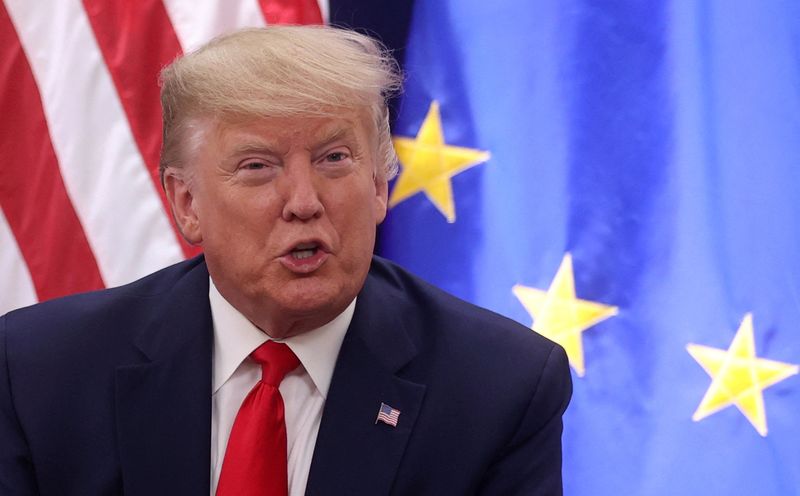Donald Trump’s victory in the presidential election has prompted bond strategists to revise their predictions for longer-dated Treasury yields significantly, as a recent Reuters poll indicates. This adjustment comes amidst growing concerns about a potential resurgence of inflation in the U.S. The benchmark 10-year Treasury yield has seen an increase of nearly 15 basis points since Trump’s win, driven by expectations regarding his proposed economic policies, including tax cuts and tariffs. Analysts from the Committee for a Responsible Federal Budget have pointed out that these proposals could exacerbate the U.S. fiscal debt by around $7.75 trillion over the next decade. This financial outlook is compounded by robust data from the U.S. economy, which complicates the Federal Reserve’s considerations for interest rate cuts.
As the economic landscape shifts post-election, the cumulative rise in benchmark 10-year Treasury yields sits at over 70 basis points since the Federal Reserve’s notable half-percentage point rate cut in September. Current interest rate futures are forecasting only three additional quarter-point cuts by the end of 2025, which is a notable reduction from earlier expectations. The Reuters survey revealed that approximately two-thirds of the bond strategists surveyed acknowledged a significant change in their outlook about longer-dated Treasury yields since the election, highlighting the uncertainty around the necessity and extent of future rate cuts.
According to Lars Mouland, chief rates strategist at Nordea, the current economic conditions do not support the extent of rate cuts previously anticipated by the market. He contends that while central banks typically reduce rates in response to economic crises or low inflation, neither scenario appears to be in play currently. Moreover, Trump’s economic policies could lead to inflationary pressures, particularly as imported goods may become more expensive, causing an overall rise in prices. This raises the possibility that long-term interest rates may need to be reassessed, potentially moving beyond previous highs.
Dan Ivascyn, the group chief investment officer at PIMCO, stated that the selloff in Treasuries around the election reflected a broader “reflationary theme” and increasing fiscal risks. However, many strategists have yet to fully integrate these inflation and fiscal risk factors into their official forecasts. The current 10-year Treasury yield, around 4.43%, is anticipated to decrease to approximately 4.25% in three months and further to 4.20% by the end of April, based on median forecasts from around 40 bond strategists. This represents a significant upgrade from projections made in October, emphasizing the evolving market sentiments around debt and fiscal policy.
The bond market appears to be influenced by conflicting forces: the prospect of fiscal stimulus in 2025, which should drive yields up, and a weakening labor market that indicates an easing path for the Federal Reserve, potentially pulling yields down. Jabaz Mathai, head of G10 rates and FX strategy at Citi, noted this duality, suggesting that the current levels around 4.2% could be a reasonable target for the near future. Many market analysts emphasize the importance of clarity regarding Trump’s proposed policies, as uncertainties remain whether these measures will be fully enacted, which is essential for making more accurate predictions about Treasury yields.
The survey’s findings suggest that a majority of participants anticipate a steepening of the yield curve over the next month. A noteworthy 95% of respondents indicated it would steepen, chiefly due to longer-term yields rising at a faster rate compared to short-term yields, a phenomenon known as “bear steepening.” Conversely, a minority pointed towards potential “bull steepening” or “bull flattening,” illustrating the varied opinions held by market strategists. Ultimately, the trajectory of Treasury yields will depend not only on forthcoming economic indicators but also significantly on the details surrounding fiscal policy and the broader implications of the Trump administration’s agenda.

